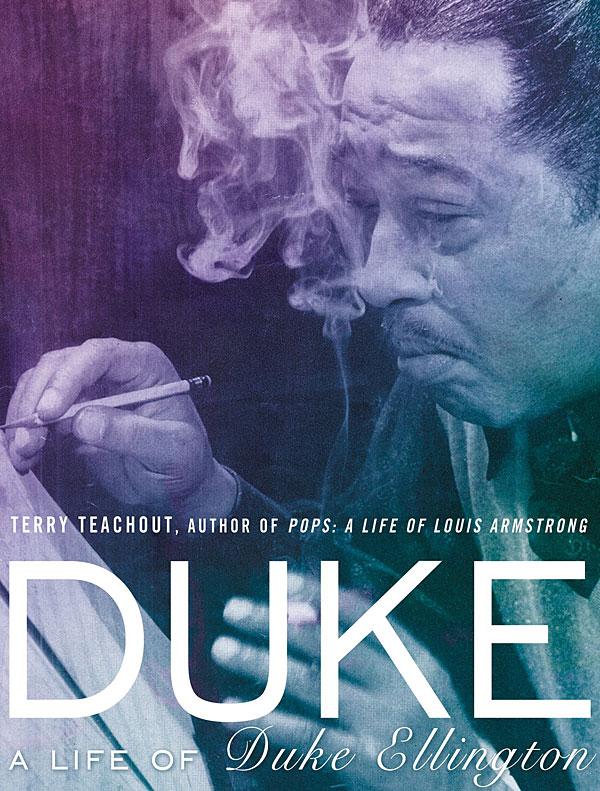| Columns Retired Columns & Blogs |
So you agree with moldy fig numero uno that Ellington is "a somewhat better-than-average stride pianist.."
Ellington swings like crazy, plays impossibly beautiful textures, and has a harmonic genius that has no equal. His left hand rocks.
Listen to Money Jungle or Piano Reflections. Or better yet remain silent andwallow in your ignorance. Beauty escapes you.






































